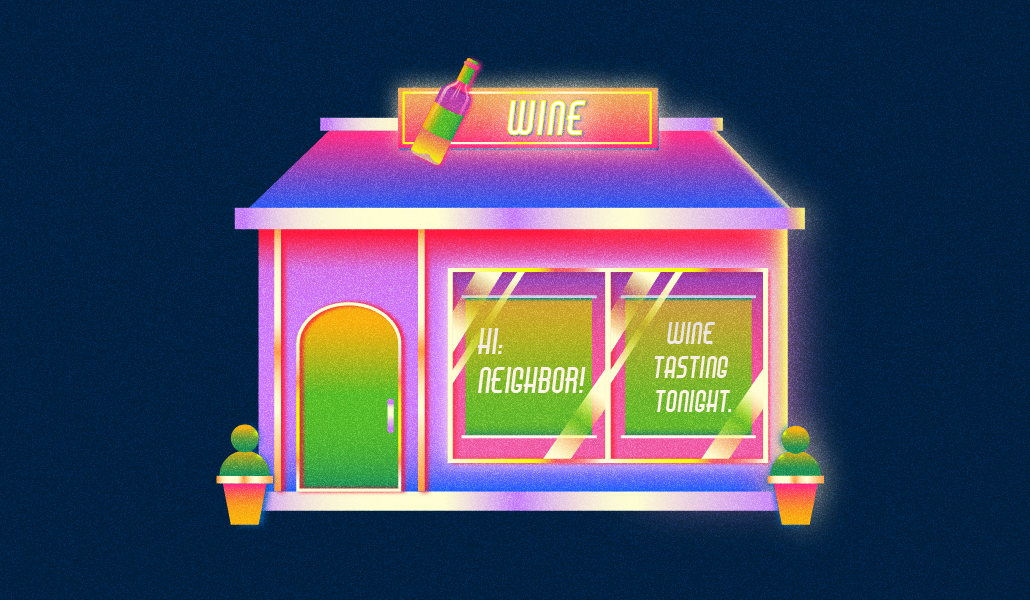Grocers are taking a page from the convenience store playbook

Traditional grocers are emulating local convenience stores with their new small format locations.
Sprouts Farmers Market said earlier this month that it plans to boost the rollout of its new store format, which features a much smaller footprint than its older locations at 23,000 square feet from 32,000 square feet. Schnucks’ newly opened small format store, Schnucks Express, focuses primarily on offering convenience while still having products found in traditional grocery. Meijer’s smaller stores, on the other, can be up to half the size of its supercenter locations and hold essential categories shoppers need for quick trips.
It points to a growing trend: grocers are emulating convenience stores’ strategy, where they carry a limited selection of high turnover everyday items in a small store. While this approach isn’t new, it is a strategy that yields consistent growth for convenience stores.
Recent convenience store growth showcases the opportunity. Alimentation Couche-Tard Inc., which operates the c-store chain Circle K, reported a total revenue of $5 billion in the third quarter — a 3.5% year-over-year increase. Meanwhile, modern convenience store Foxtrot secured a whopping $100 million in a Series C funding round, according to an announcement last year.
“[Convenience stores] literally are taking ownership of that grocery filling trip,” said Ben Wynkoop, global industry strategist for grocery and convenience at Blue Yonder. “They want to get get in and out quick, and I think that’s why we’re starting to see more and more small formats start to supplement that big pantry loading [trip].”
Grocery is taking notes from c-stores
While grocery stores are the go-to spot to fill up the pantry, convenience stores have been supplementing the in-between shopping trips people have when they forget something or when they need something immediately. As its name suggests, Wynkoop said many of these c-stores can also be found in convenient locations where shoppers don’t have to travel too far from their homes.
The National Association of Convenience Stores estimates that there is a c-store within 10 minutes from where 93% of Americans live. Convenience store chain Kwik Trip even began packaging fresh fruits and vegetables in 2021 — products more commonly sold in grocery stores.
Convenience stores have a history of offering products based on the local community they are in. As grocery stores roll out these small format stores, they will also be offering a curated assortment geared towards serving people in the area. Meijer will have some of the items traditionally found in grocery stores like health products, household essentials and produce. But alongside staple grocery items, for example, Meijer will also be offering local brands in its new concept stores.
Ad position: web_incontent_pos1
“One of the key advantages of the small format stores is you can really explore and assess what are the key needs of the shoppers that are residing or working in the area,” Dmitry Magas, senior manager at The Parker Avery Group. “With the smaller assortment, you can also react to changes quicker.”
Magas said that being the go-to store for shoppers’ immediate needs can allow grocers to take share away from convenience stores. They also have a broader assortment than convenience stores, which could be a competitive advantage. In Schnucks’ case, its Express location is meant to offer the typical grocery experience in a compact space.
Similarly, Save Mart in October opened a small format store under its Lucky Bayview banner in San Francisco’s Bayview area. Despite being the same size as a typical convenient store at 9,549 square feet, the store will function as a full-service grocery store complete with fresh products and on-the-go meals.
Smaller space also means smaller costs. Smaller stores are much cheaper to operate because they don’t need a lot of workers on the floor, they use up less energy and they will likely cost less to rent, said Christopher Miles, an analyst for Kantar’s retail insights group. Larger stores also require more products on shelves, which can be pricey. Big-box retail giants like Target have also used small-format stores to have city center stores and locations close to colleges.
“Keeping products in stock in the larger store definitely costs more,” Miles said. “All of these things really just add up as you start to have a larger format.”
Ad position: web_incontent_pos2
Sprouts is taking the initiative to reduce the size of its locations, as executives claim their stores don’t have to be bigger than 23,000 square feet. In its most recent earnings call, CFO Chip Molloy said that the stores that are about 30% larger than its prototype “generate negative four-wall cash flow.”
Additionally, Miles said that without the restriction of large store designs, grocers can easily enter high-traffic neighborhoods or larger cities with a limited amount of space. Traditional big-box stores often utilize small locations to reach city dwellers, as is the case with Ikea and its Planning Studios.
Despite the potential opportunity for profit, there is a potential for grocers to get their strategies wrong, Blue Yonder’s Wynkoop said. When grocers don’t properly asses what products shoppers in the neighborhood want, they risk not having any point of differentiation. Additionally, grocers might not be able to have enough promotions to give shoppers a positive price perception in a smaller setting.
Still, Wynkoop expects more retailers to look into which store size can generate the most profit.
“You got to be really spot on with the assortment that you have in the store to match the community,” he said. “And then, make sure that you have a good blend of promotion to make sure you have a good price image.”

